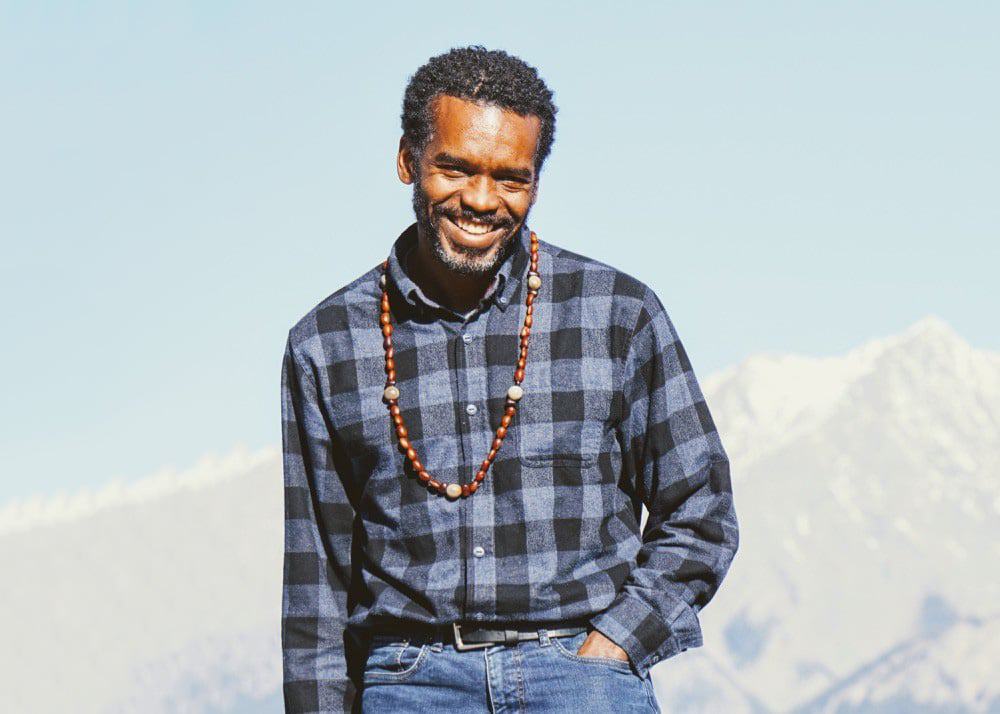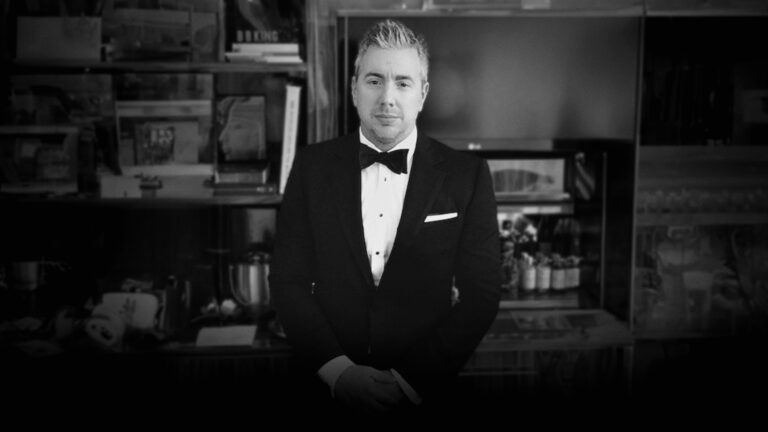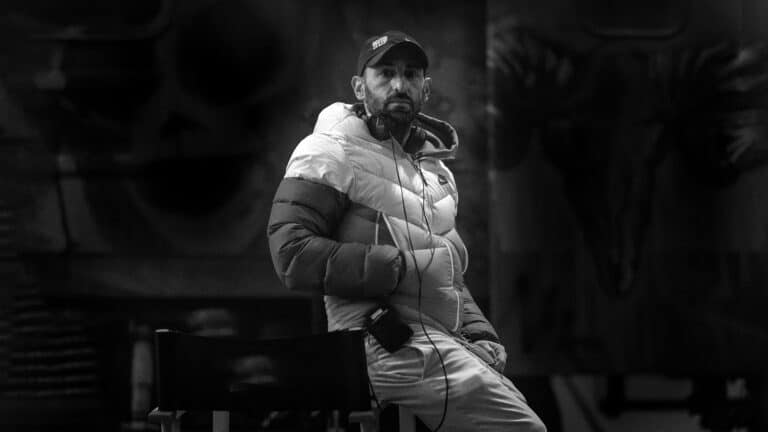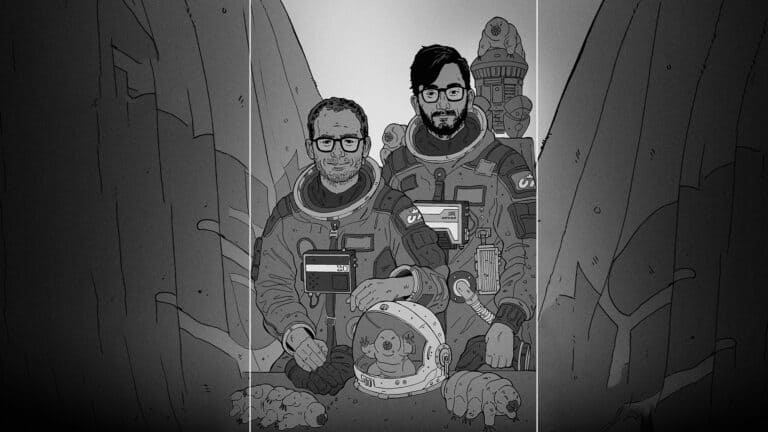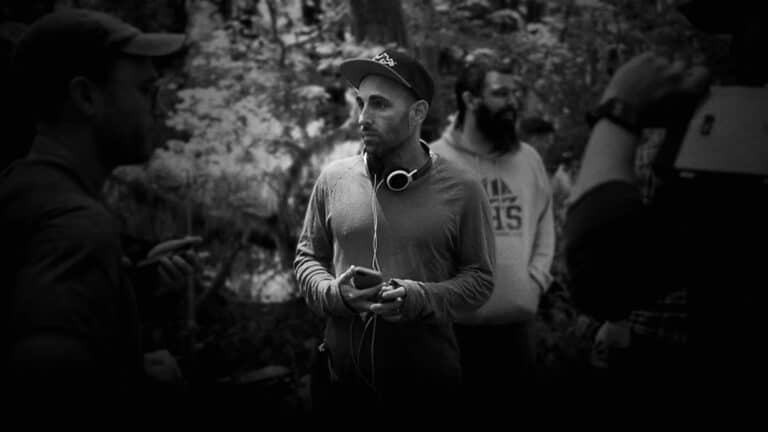Confusing comparisons
Frame rates vs. shutter speed. This is a topic worth addressing because I often hear beginning filmmakers make the comment, “I’m shooting at a 1/30 frame rate.” What they really mean though is shutter speed.
I totally get the confusion. There are so many numbers to keep in mind when filmmaking, and a lot of them look and sound the same: 24p vs 1080p; 1/30 shutter speed vs. 30 frames per second. (And it doesn’t help that most DSLRs and video cameras just write “30” on the display, leaving out the numerator). How do you keep all this in mind? Why should you care? Well, I hope to quickly address that today. (Note: this won’t be an exhaustive post on the topic. But detailed enough to give you what you need to know.)
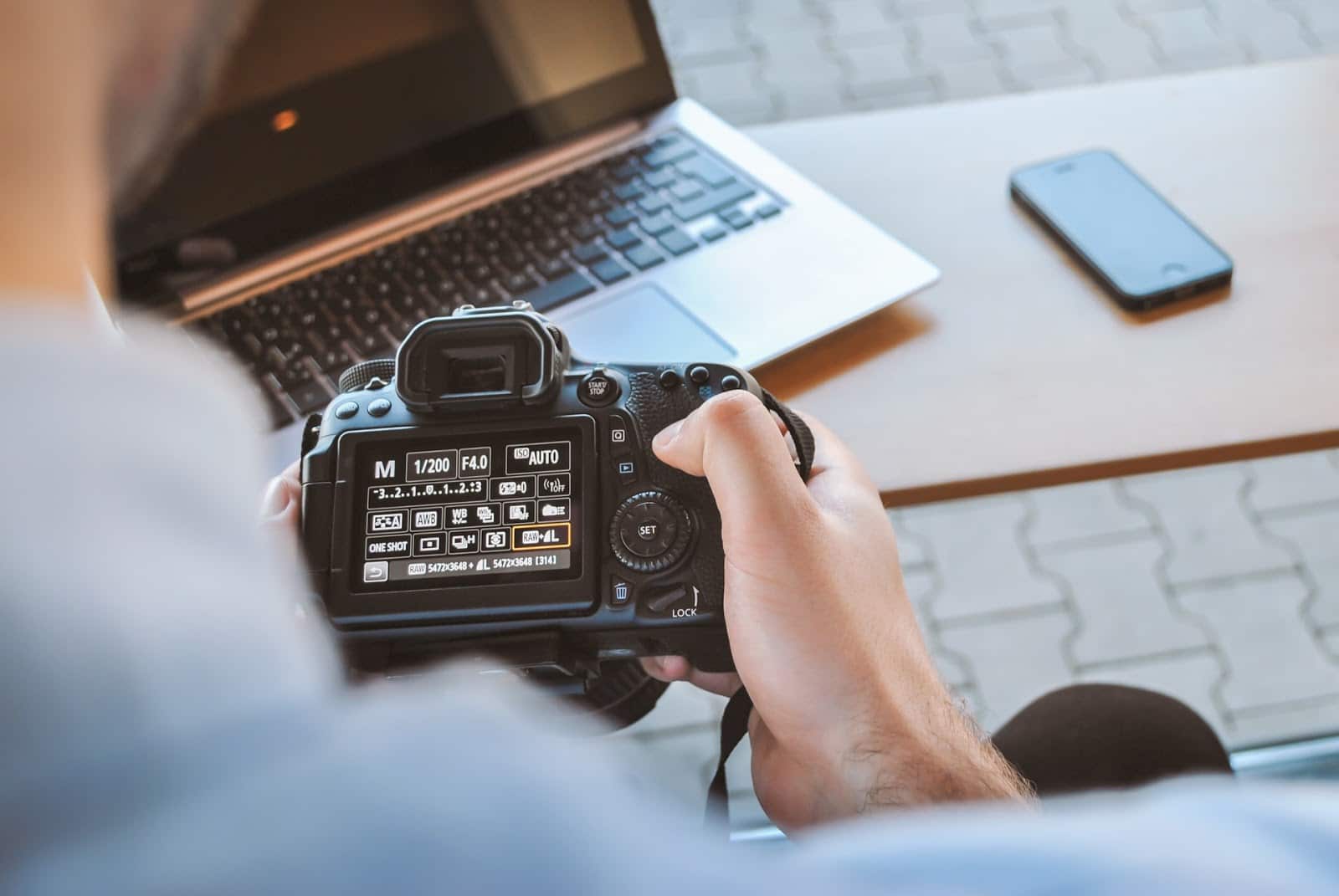
Frame Rates
As the name suggests, frame rate is how many frames per second your camera is recording. Traditional movie film is shot at 24 frames per second (fps). Although shooting at 24 fps is by no means the ONLY factor in determining a “film look”, it’s a good place to start.
Here’s a list of the most common frame rates you will encounter.
- 23.976 (aka 23.98 aka 24): When you set your DSLR or video camera to 24 fps, you are actually recording at 23.976 frames per second. Believe it or not, it’s an important distinction. Here’s a perfect example why: I once had a project I was editing in Final Cut Pro 7 (years ago) and my audio kept drifting (i.e. the audio in my media was coming out of sync WITH ITSELF!). For the life of me, I could not figure out why. It took me a month of research to finally find the answer (thanks to the amazing filmmakers on CreativeCow.net). FCP7 used the notation 23.98 in the program. So when I transcoded the footage (this was back in the day when that was necessary), I set the frame rate to EXACTLY 23.98. But what FCP was calling 23.98 was really 23.976. That minute difference between my EXACT 23.98 footage and the 23.976 sequence settings in FCP was causing the audio to drift in my project.
- True 24 fps: some cameras, like the Canon EOS R, shoot at true 24 fps
- 25: PAL, which is used in many European and Asian countries
- 29.97 (aka 30 fps): NTSC, used in the U.S. and some European and Asian countries. Click here for a list of countries and their video format.
- 30: In truth, 99.9% of the time when you hear or see “30 fps” it’s really 29.97. However, I remember when Canon came out with their 5D Mark II around 2008, it’s 30 fps was ACTUALLY 30 frames per second. It was rather frustrating, to be honest. Canon eventually “fixed” the situation and included a firmware update that set the 5D2’s “30” to 29.97.
- 48: this is the infamous frame rate in which Peter Jackson shot “The Hobbit.” The overwhelming majority of professional and critical feedback I saw said it was not a look people liked.
- 59.94 (aka 60 fps): this is double 29.97, and like the aforementioned frame rate, when you see 60 fps, 99.9% of the time it’s really 59.94. This is the frame rate you would shoot at if you want to create realistic slow motion (assuming you’re shooting at 24 or 30 fps). Editing 60 fps footage in a 24 fps project achieves a 40% slow-motion rate (24/60 = 40). This is always preferred to just slowing down your footage in your editing program because when you do that, the computer has to interpolate the difference and “add” extra frames. This can cause what’s often called “ghosting.” When you actually shoot at a higher frame rate and then slow it down, you get clean slow motion.
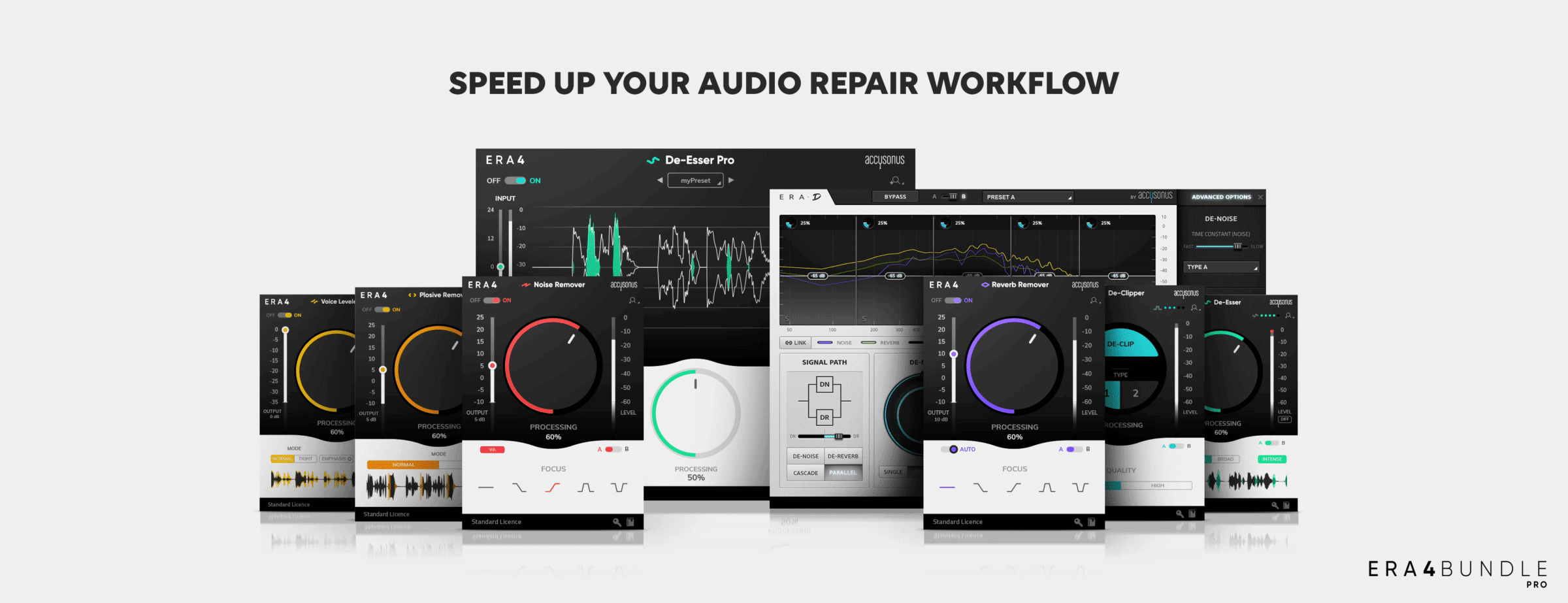
A Note about iOS Frame Rates
It’s worth noting that the frame rates you see on iOS devices and apps (usually 30, 60, or 120 fps) are shot with a variable frame rate (vs. a Constant Frame Rate you get on traditional cameras). For that reason, the 30 fps, et. al., are target rates, and are not necessarily precise.
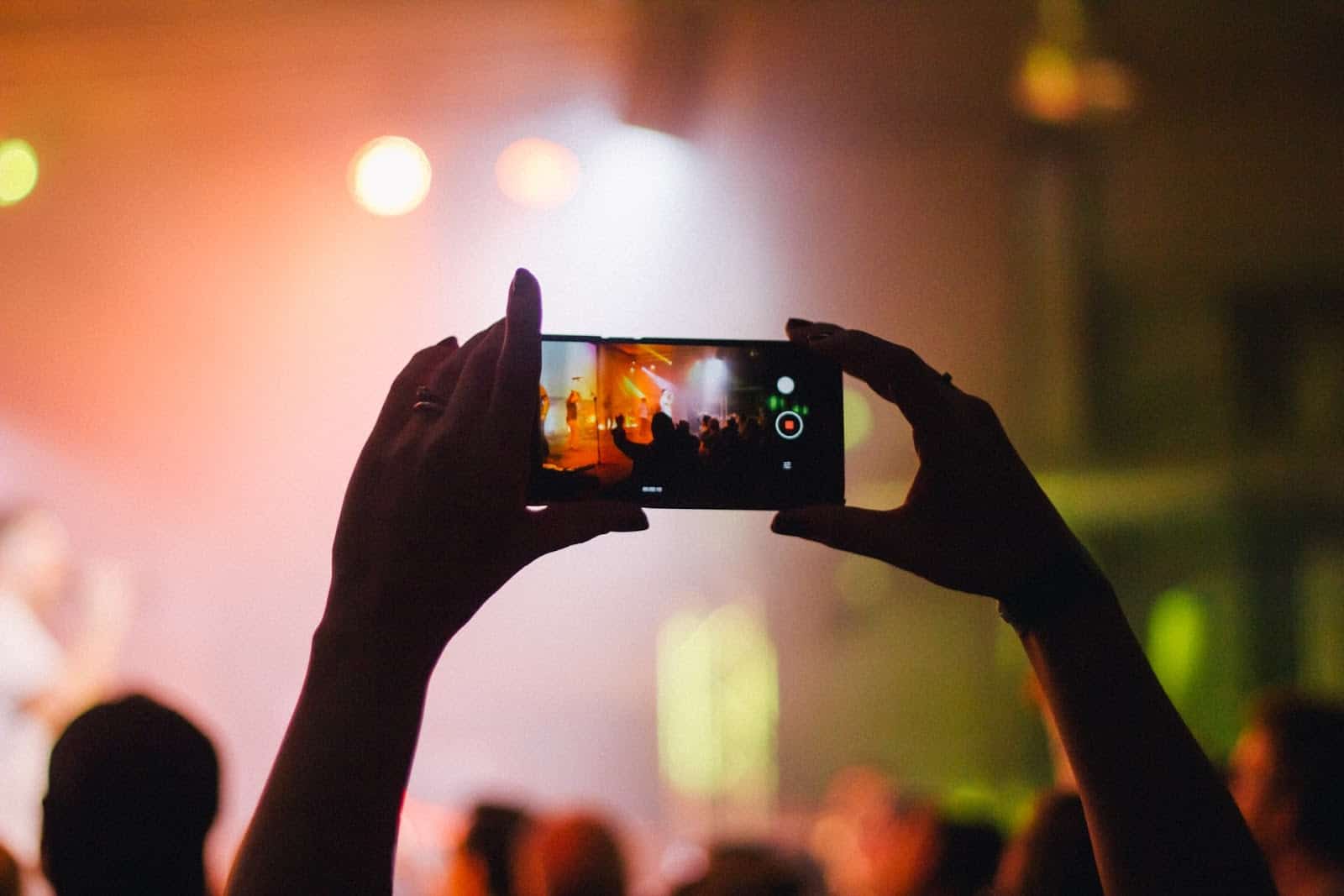
Shutter Speed
Shutter speed relates to how slow or fast the shutter on the camera is opening/closing. The faster the shutter speed, the LESS light that gets into the camera. The slower the shutter speed, the MORE light.
For the most part, you will want to choose a shutter speed on your camera that is twice the frame rate (technically, it’s the denominator that is twice. So if you’re shooting at 24 fps, ideally you want to shoot at 1/48, or just 48 on your settings). This is called shooting at a 180-degree shutter angle. Suffice to say that you do this in order to achieve a “normal” motion blur. Shoot at a shutter angle above or below that, and you can get a weird look. Shoot at a higher angle and you get that staccato look (made famous in that glorious opening of “Saving Private Ryan”). Shoot at a lower angle, you get a more dreamy look.
Note: since many DSLRs and video camcorders do not have a 48 shutter speed setting, you would set it to 50 (1/50th) to get as close as possible to a 180-degree shutter. Likewise, if you shoot at 60 fps, make sure to change your shutter speed to 120 (or the closest thing to it) if you want to maintain the 180-degree shutter at that higher rate.
Learn the Rules First, Then Break Them
All of this info is filmmaking basics. For some of you, it’s old hat. For others, it may be a breath of fresh air. Wherever you fall on the experience spectrum, it never hurts to go back to basics. And once you know them, then break the rules all you want for creative reasons.
If you have any good examples of when you’d break these rules and why, hit us up on Twitter and let us know.
Header image by Julius Drost on Unsplash

